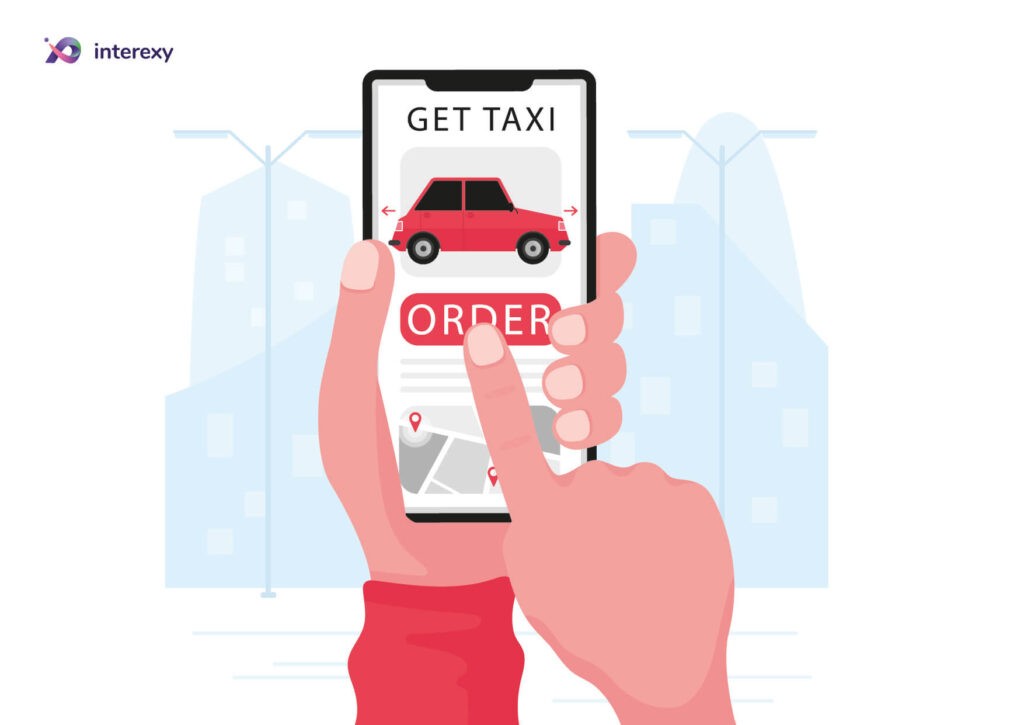November 29, 2022
What to Expect in the Retail Industry in 2023: Challenges, Opportunities & Mobile Ecommerce Trends in Retail
Mobile phones have become an integral part of our personal and professional lives and reshaped the way we communicate, shop, order food, sell goods, etc. Unlike web eCommerce platforms, mobile commerce allows customers to be fully location-independent. M-commerce shortens the bridge between the companies and consumers and revolutionizes the shopping experience.
But mobile commerce is only at the beginning of its journey as it grows, changes, and expands every day. What mobile eCommerce trends in retail should we expect? How will they change the future of eCommerce, and what are the hindrances on the way? Keep reading to dig deeper into the topic.
Table of content
Retail Industry Overview
The entire M-Commerce market revenue is projected to exceed $430 billion by the end of 2022 and $710 billion in 2025. In parallel with M-Commerce, online payment systems are getting more and more significance in the modern world. Having conquered the Chinese market via WeChat, mobile payments, and eWallets like Apple and Google Pay, PayPal, etc., are gaining more importance in European and US markets. Mobile commerce statistics in retail clearly show the increasing trend of mobile payment usage. Moreover, eWallets and mobile payment systems are expected to fully replace credit and debit cards altogether soon.
Much like with physical shopping, many people enjoy the process of “window shopping” just for fun or relaxation. However, research shows that due to the simplicity and accessibility of mobile shopping, 77% of them end up purchasing something after all.
Mobile phones play a major role in daily activities, including Google search. According to Statista, in 2021 nearly 61% of all Google search activities were made on mobile devices. For comparison, in 2013, the share was as low as 34%.
With 3.8 billion smartphone users in 2021 globally, the M-Commerce industry is getting increasingly relevant. If you are an eCommerce website or application owner, it is time for you to look into the top mobile commerce trends in retail.
10 Mobile Commerce Trends in the Retail Industry
In this part, we will delve into the top 10 mobile commerce trends for the retail industry, and their impact on the way users make purchasing decisions.

1 One-Click Ordering
Historically, customers were forced to provide explicit personal and financial information when ordering online. It can be very demotivating when each time you complete the purchase, you are expected to fill out a long form. It resulted in a high number of shopping cart abandonments.
An eCommerce mobile application will ask customers to provide sufficient information once and store it for later transactions. The next time a user wants to order something using your app, the shipping and billing information will be automatically processed.
2 Social Commerce
Social commerce is truly the future of the retail industry with mobile commerce applications. Earlier, shops also utilized social media platforms by leaving links to their products in the feed or gallery. But social commerce goes further and allows you to create shoppable pages and posts with product links tagged directly in the photos. Instead of going through a list of various products in the description or manually looking for items on the eCommerce platform, customers click on the part of the photo, follow the tagged link, and immediately make the purchase.
3 AI Chatbots
Surveys show that customers always prefer chatbots over human assistants if it will save them at least 10 minutes of waiting time. Up until now, some mobile applications were extended with AI chatbots, but the importance of such virtual assistants is getting more prevalent. They are online 24/7, instantly reply to inquiries, have ready answers to simple and common questions, and provide a great customer experience.
Especially on a new platform, customers will probably need some assistance, and integrating even a basic AI chatbot will significantly increase their satisfaction and boost sales.
4 Augmented Reality
Augmented reality is a tool to convey the look and feel of the product that traditional methods cannot provide. 71% of consumers state that they would shop more frequently if the apps were equipped with AR technology. For example, if a customer is looking for a new shade of lipstick, an AR beauty application will apply the selected color to the photo or even do it in real time via camera. Stores that sell furniture offer AR services that allow users to envision their home space with the company’s chairs, tables, curtains, lamps, etc. Customers can try out various colors, shapes, and textures to see what looks best.
5 Omnichannel Experience
An omnichannel experience delivers different shopping outlets where customers can get information about the product and make a purchase. An eCommerce website, mobile application, and a physical store are the blocks of a holistic omnichannel experience. Customers expect brands to provide all three and to offer the same services across them.
For example, suppose you order something online via the eCommerce website. In that case, you will be able to track the delivery using an application and later exchange the product at the physical store in case you receive a wrong item.
6 Mobile Fraud Prevention
As mobile use increases in popularity, hackers also begin recognizing its potential and attacking mobile transactions.
Why is mobile eCommerce important for retail security? Applications are usually more secure than websites and protect your customers’ sensitive data and your brand’s reputation. First, users are not forced to provide information every time they make a purchase which shrinks the chances of exposing the data. Second, applications offer advanced security measures such as two-factor authentication, which is still missing from most websites.
7 Progressive Web Apps
While mobile applications ensure the best experience for consumers and a higher grade of security, not every company can afford to build one. Native applications are quite expensive to develop and take a long time to finish and launch.
There is a web alternative that offers a similar experience — progressive web apps. These web applications work through browsers and have a similar layout, navigation, and feel on a mobile device, yet cost noticeably less money and resources to release.
Reach out to us for crafting a user-centric app that is worth a thousand downloads!
Get in touch8 Personalization
More than half of respondents shared that a personalized experience significantly enhances their shopping process. At the same time, retailers who bombard their customers with endless emails and notifications usually lose their audience. It is essential to find the right balance and make sure that the customer will actually appreciate your recommendation. This means having a machine learning technology that collects, processes, and analyzes customer information to predict their next need accurately.
9 Voice Shopping
Although voice assistants are ingrained in every smartphone, not many people are using them for purchasing. While 51% of users search for items via voice commands, only 22% utilize the voice search to make a purchase eventually.
This is an untapped territory that will gain more relevance in the future. This is why your application should be voice shopping friendly to entice users to try out this function. Finally, the voice option is ideal for visually impaired customers who won’t be able to use your app autonomously otherwise.
10 Mobile Wallets
As already mentioned, eWallets are the future of the retail industry with commerce. They are easy to use as 3.8 billion people on the planet already use a smartphone every day. eWallets are safe, secure, and quick. Even though the mobile payment market is at the beginning of its course, the potential is already there.
Mobile Commerce Challenges of the Retail Industry
The M-Commerce market is full of possibilities and growth potential. However, there are a few roadblocks. Let’s talk about the mobile commerce challenges for the retail industry.

Evolution of Hardware
The ever-changing technology is a great advantage that benefits many businesses. However, it can also pose a challenge for software developers as they constantly need to adjust to new devices. Although recent versions of operating systems get more intelligent and provide more room for creativity, they also complicate and extend the development process.
Ever-changing Technology
Not only do hardware capacities grow and evolve, but the technology that is applicable for software does too. If you stop integrating your application with the newest tools and opportunities, you will eventually become outdated and insignificant for the consumer. To stay on top of the competition, your company needs to continuously come up with new updates, possibilities, and experiences for the customers.
Various Payment Options
Some payment options are preferred in one region, some in another. If you want to reach a broader target audience, including users from different geolocations, you need to extend your payment options with eWallets, PayPal, debit and credit card, and so on.
Conclusion & Interexy’s Experience
If you are intrigued by the possibilities of M-Commerce, reach out to Interexy — a software development company with years of traditional and mobile eCommerce experience. Take a look at our recent case Medicostores.
Medicostores is an eCommerce platform that offers pharmaceuticals and healthcare products to stockists, wholesalers, and retailers. Medicostores needed a mobile application to reach a new audience and simplify the ordering process. At the moment, we are developing the application using Kotlin Multiplatform that will cater to the three potential user groups and deliver the best customer experience.
Are you still uncertain why use mobile eCommerce in the retail industry? If you have any remaining questions or comments on the M-Commerce topic, contact Interexy. We will clear up any confusion and tell you more about the benefits of developing a mobile eCommerce application and upcoming trends in the industry.















